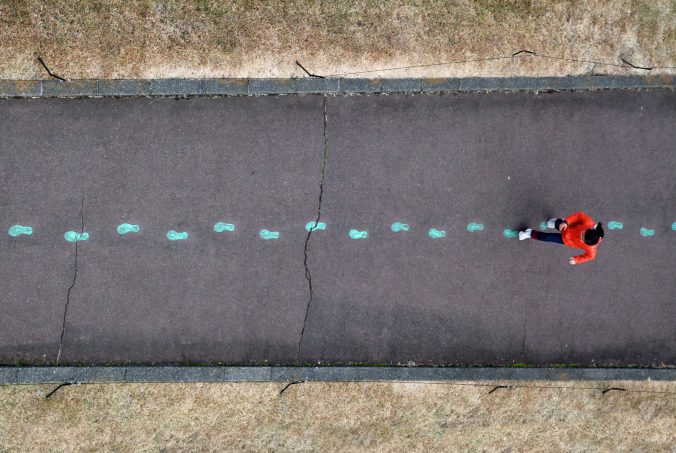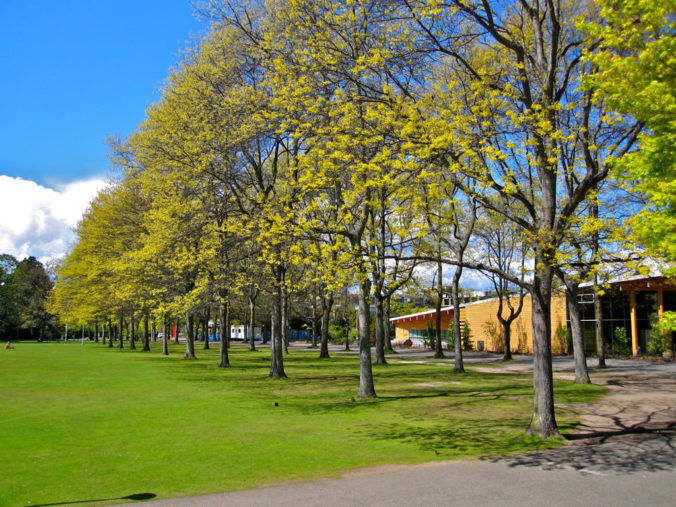The digital identity I created for WordPress is certainly a personal one, and I kept it as much real as in the real world. I know it’s unsafe to display too much personal information online, but I want to try my best to stay authentic and meet new friends. After all, this digital identity is for academic use.
In the digital age, Digital identities have gained immense significance. Online platforms, such as social media, professional networking sites, and educational communities, enable us to connect with like-minded individuals, share knowledge, collaborate on projects, and stay updated on industry trends.
I think creating an digital identity is inevitable. Most people now are using many social media platform, and applications. Youtube, Twitter, Facebook… and the first step if you want to use it, is what? —- to create an account. Even Uber, you have to have an account in order to use it. The account you create is your digital identity.
According to Jawed, S., Mahboob, U., and Yasmeen, R. (2019), Digital Professional Identity (DPI) is a professional identity which develops through internet‑based social interactions by utilizing online platforms and communication
tools.” it’s a tool to communication with others, it’s a representation of the identity that person in the real world. It allows people to conduct professional interactions, apart from social. As an example given in the article, medical students are paying more attention on social media. Their DPI online is dynamic as the identity in the real world. it will influences by interactions with others. So, developing their DPI is helpful, is as important as developing their identity and professionalism.
Here are some considerations when create a professional digital account:
- Defining the goal: determine the purpose of your online presence. Identify your professional aspirations and align your digital identity accordingly.
- Examine and verify: Take a proactive approach by reviewing your existing social media posts and profiles. Consider the privacy settings and adjust them as needed. Remove or modify any content that may be inconsistent with your professional goals.
- Consistence: make sure the speech online is consistence with your knowledge. it is important to be trustful and authentic on the internet.
- Communication: Sharing and learning can be conducted in the same time. interacting with others is always helpful.
Sources
Jawed, S., Mahboob, U., & Yasmeen, R. (2019). Digital professional identity: Dear Internet! Who am I? Education for Health (Abingdon, England), 32(1), 33–35. https://doi.org/10.4103/efh.EfH_232_17


Recent Comments